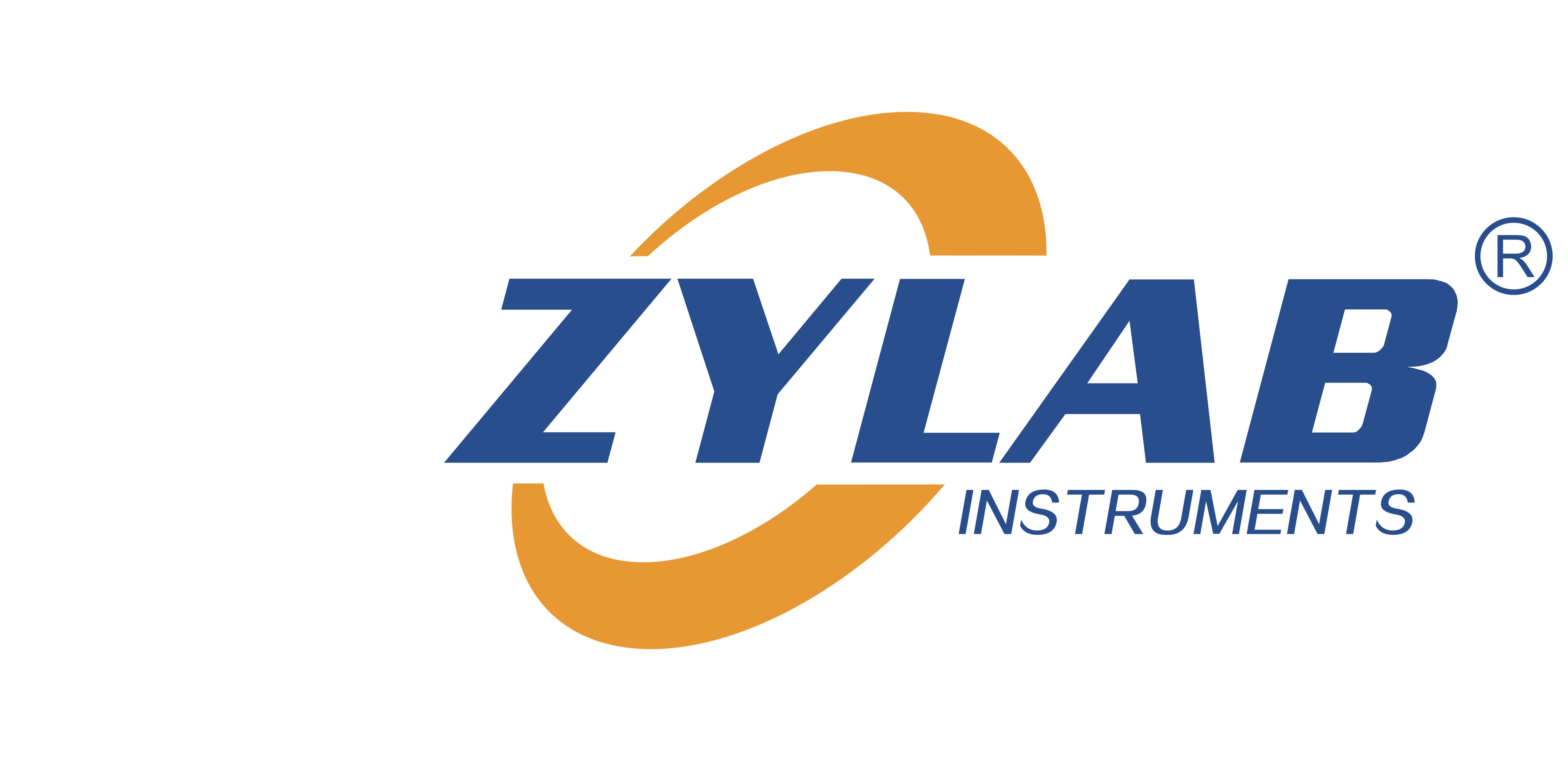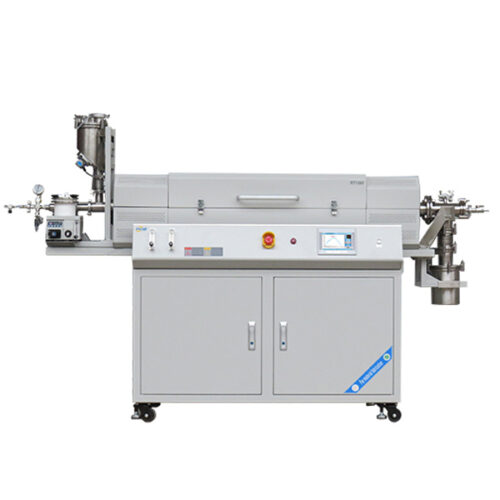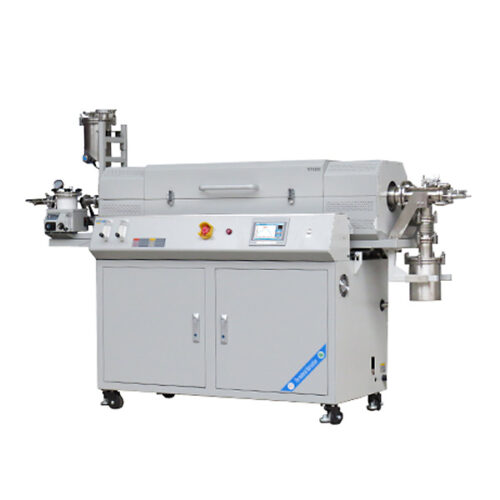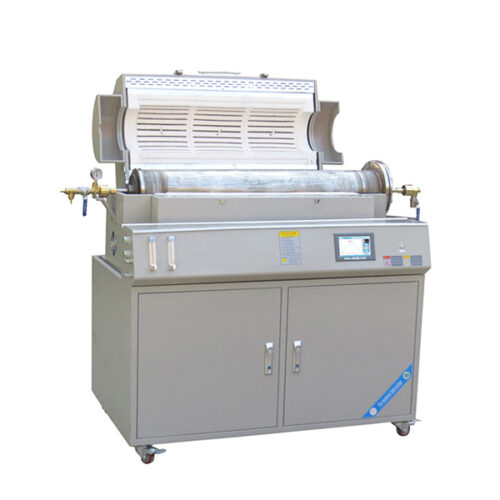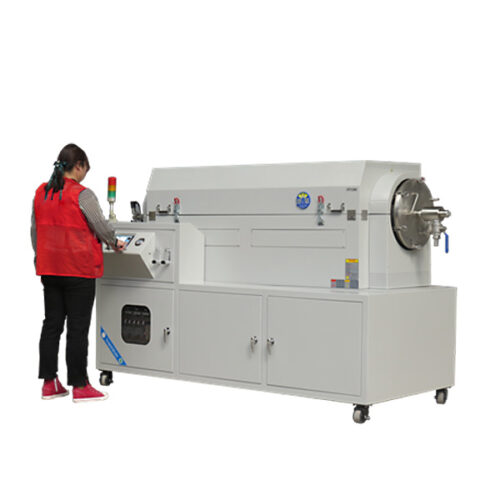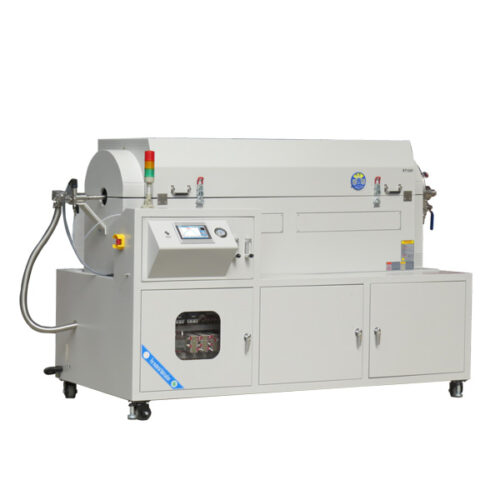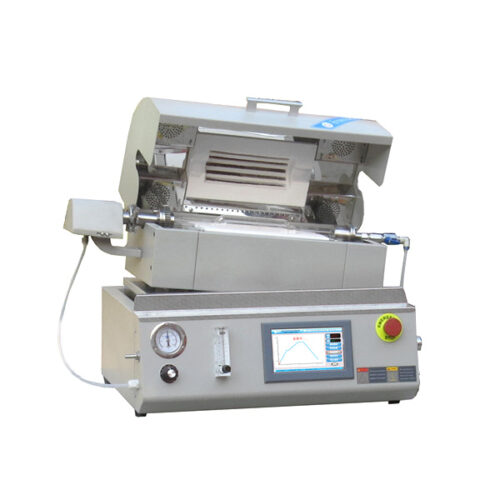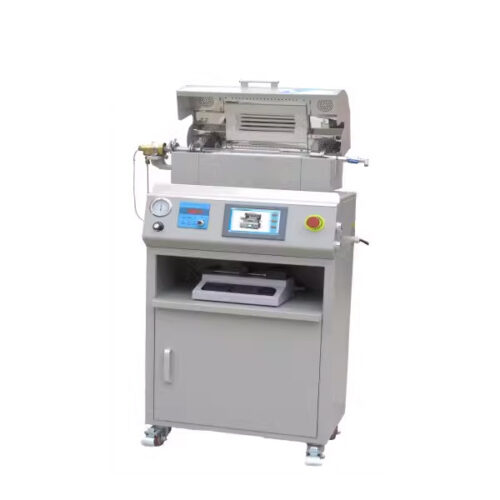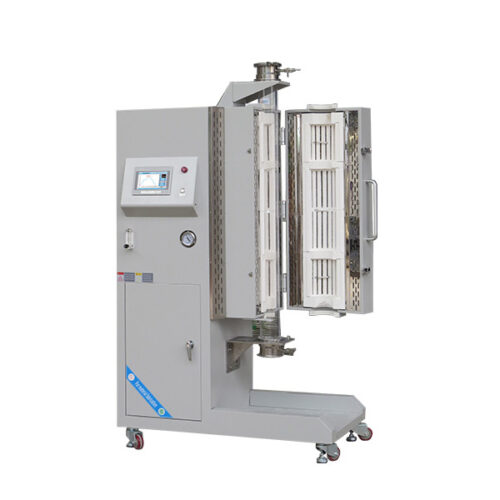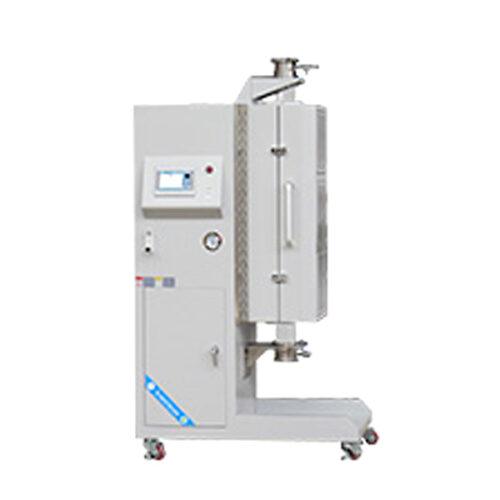100-1200.C
Why Choose US ?
- Professional Supplier
- Quality Assurance
- Custom Solutions
- Comprehensive Technical Support
- Trusted by Research Institutions, Universities, and Labs

We offer a variety of calcination furnaces, including rotary furnaces, fluidized bed furnaces, box furnaces, and tube furnaces, designed to meet the diverse temperature, atmosphere control, and process requirements. These devices are widely used in industries such as ceramics, metallurgy, chemicals, environmental protection, electronics, and lithium battery production.
We have provided customized solutions for numerous university projects, research institutions, and enterprises, covering laboratory research, small-scale trials, and pilot-scale experiments, and have earned high recognition and satisfaction from our clients.
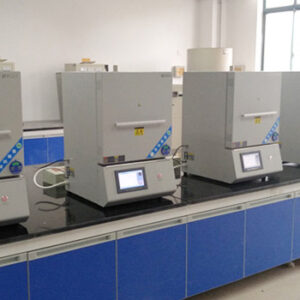
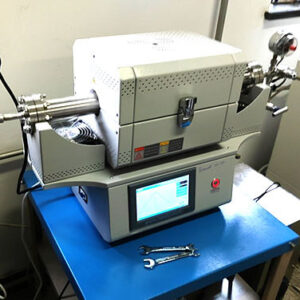
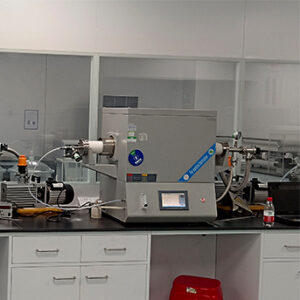
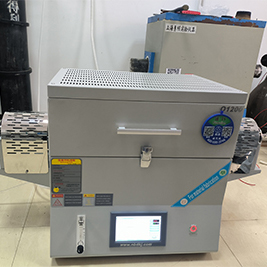
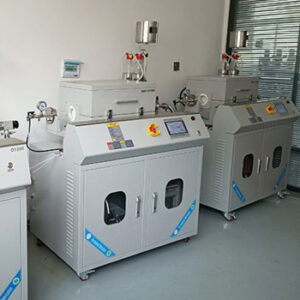
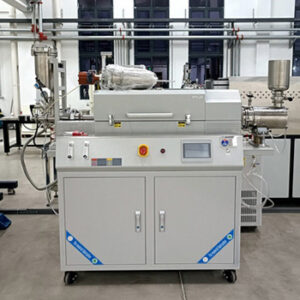
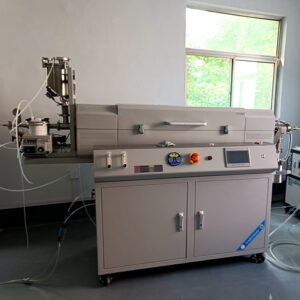
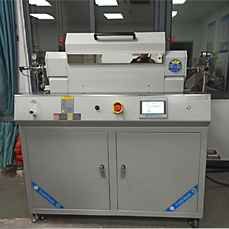
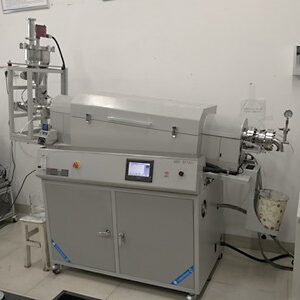








Calcination Furnaces – FAQ
A calcination furnace is a high-temperature processing device used to heat materials to alter their chemical composition or physical form through a calcination process (e.g., dehydration, decomposition, oxidation, etc.).
Key Features of our Calcination Furnaces:
- Intelligent System Controller with 7″ Color Touch Panel: Allows for easy control and programming of complex heating processes. Displays clear visual heating curves and can store temperature profiles.
- Vacuum-Formed Ceramic Fiber Chamber: Made from vacuum-formed ceramic fiber, enhancing both durability and heat retention.
- High-Quality Lining and Heating Elements: High-quality furnace linings and premium-grade heating elements to ensure reliable performance and longevity.
- Double-Layered Steel Casing with Fan(or water) Cooling: The double-layered steel casing, combined with fan cooling, provides improved thermal insulation and enhanced safety.
- Comprehensive Technical Support and Customization Options: Backed by extensive technical support and a wide range of customization options(such as rotary, Vibrating, automatic feeding and discharging, vacuum condition, atmosphere condition, etc) to meet the unique needs of your applications.
The furnace heats materials to high temperatures, causing chemical reactions or physical changes (such as dehydration, decomposition, or oxidation), typically in the presence of oxygen or in specific atmospheric conditions.
The purpose of calcination is to drive off volatile substances (such as water, carbon dioxide, or sulfur) from materials, and to convert them into a more stable or reactive form, often enhancing their chemical properties.
The maximum temperature varies depending on the furnace model, but common ranges are between 1200°C to 1700°C, depending on the material being processed.
Calcination furnaces can process various materials, including metal ores, ceramic raw materials, chemicals, waste materials, and slags, etc.
Calcination furnaces are widely used in industries such as metallurgy, chemicals, ceramics, construction, environmental protection, and material science.
Temperature is controlled via an intuitive and easy-to-operate touch screen programmable temperature control system. Sensors within the furnace monitor the internal temperature for precise control.
The heating rate range can be from 1°C/hour to 20°C/min.
Yes, some of our calcination furnaces are designed for continuous operation, often incorporating automatic feeding and discharging systems to maintain efficiency in large-scale applications.
Yes, some models of our calcination furnaces come with stainless steel flange, can be used under vacuum or inert gas(controlled atmosphere) environments.
Calcination furnaces can operate in various atmospheres, such as air, nitrogen, hydrogen, or argon, depending on the material and process requirements.
The atmosphere inside the furnace can be controlled (e.g., using inert or reducing gases) to prevent oxidation or other unwanted reactions, depending on the specific requirements of the material being processed.
While both are heat treatment processes, calcination involves the removal of volatile substances or phase transformations, while sintering focuses on bonding particles together at high temperatures without melting.
Yes, our calcination furnaces include safety features such as temperature protection, overload protection, atmosphere control, and overheat alarms to ensure safe operation.
Choosing the right calcination furnace depends on factors such as the type of material to be processed, required temperature range, heating method, atmospheric requirements, furnace volume, and ease of operation.
Yes, we offer customization options such as adjusting the size, temperature range, and atmosphere control systems to meet specific customer requirements.
For more information on calcination furnaces, please read our article here.
Get In Touch
Fill out the form below — free quote and professional suggestion will be sent for reference very soon!
